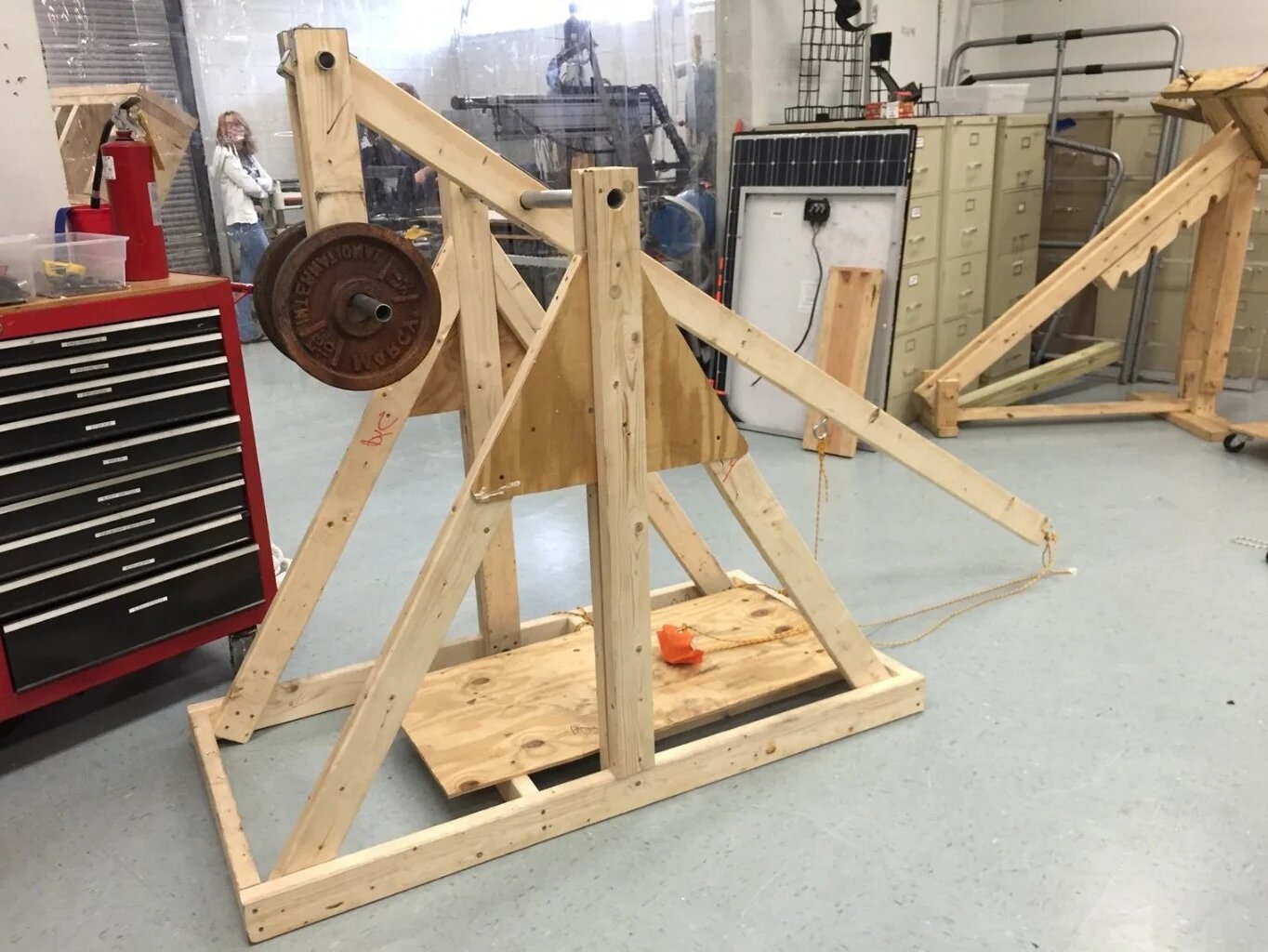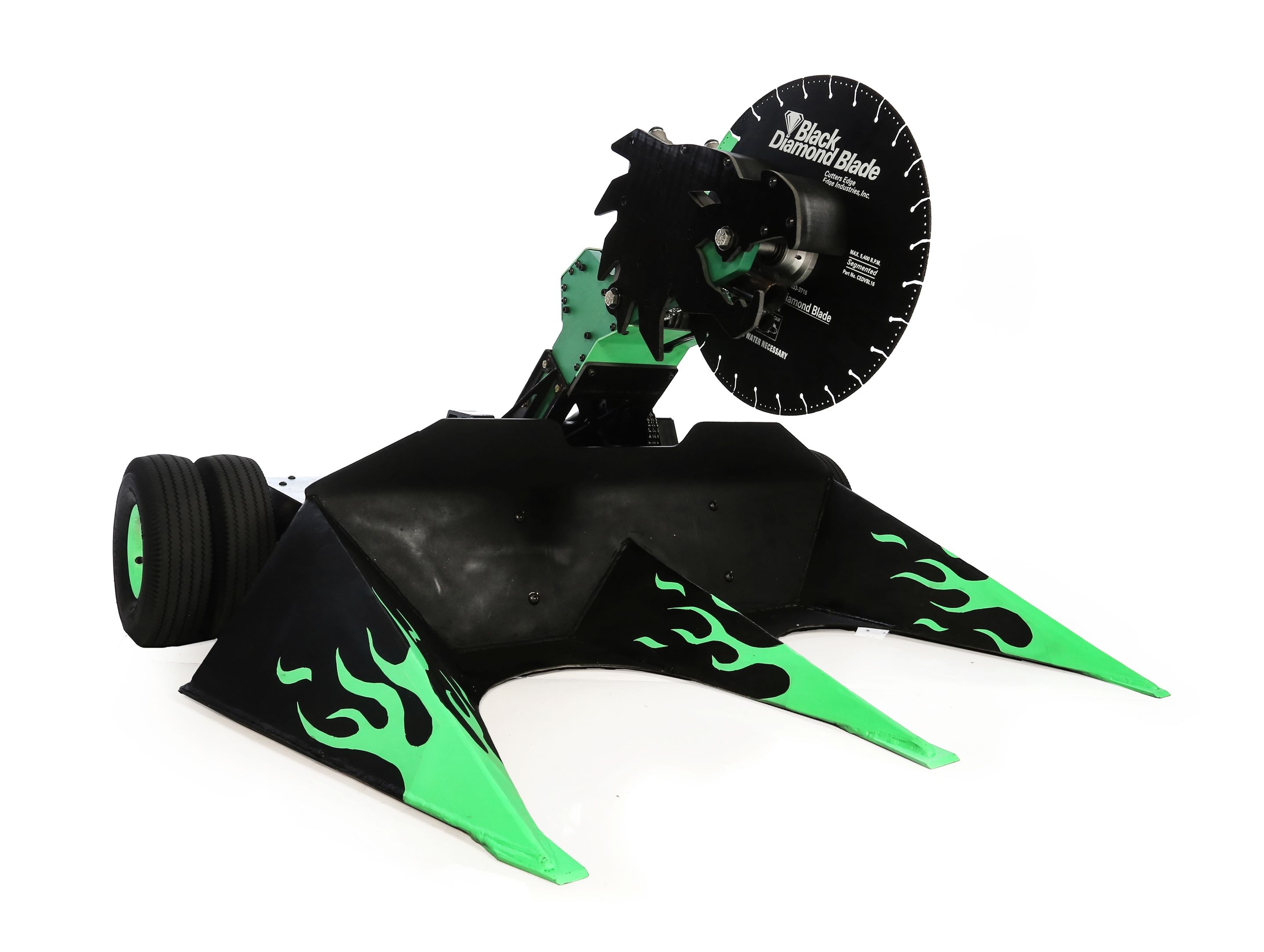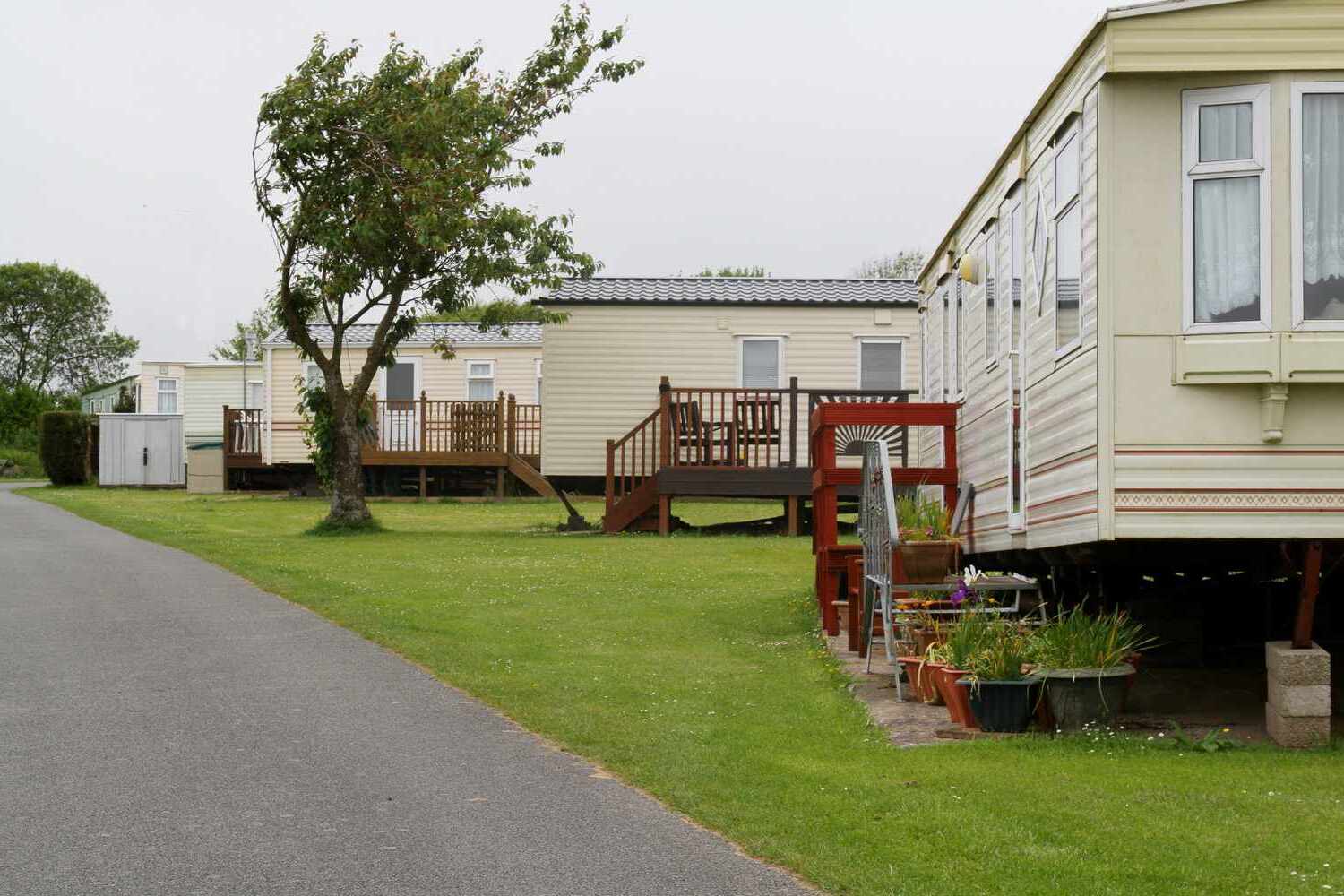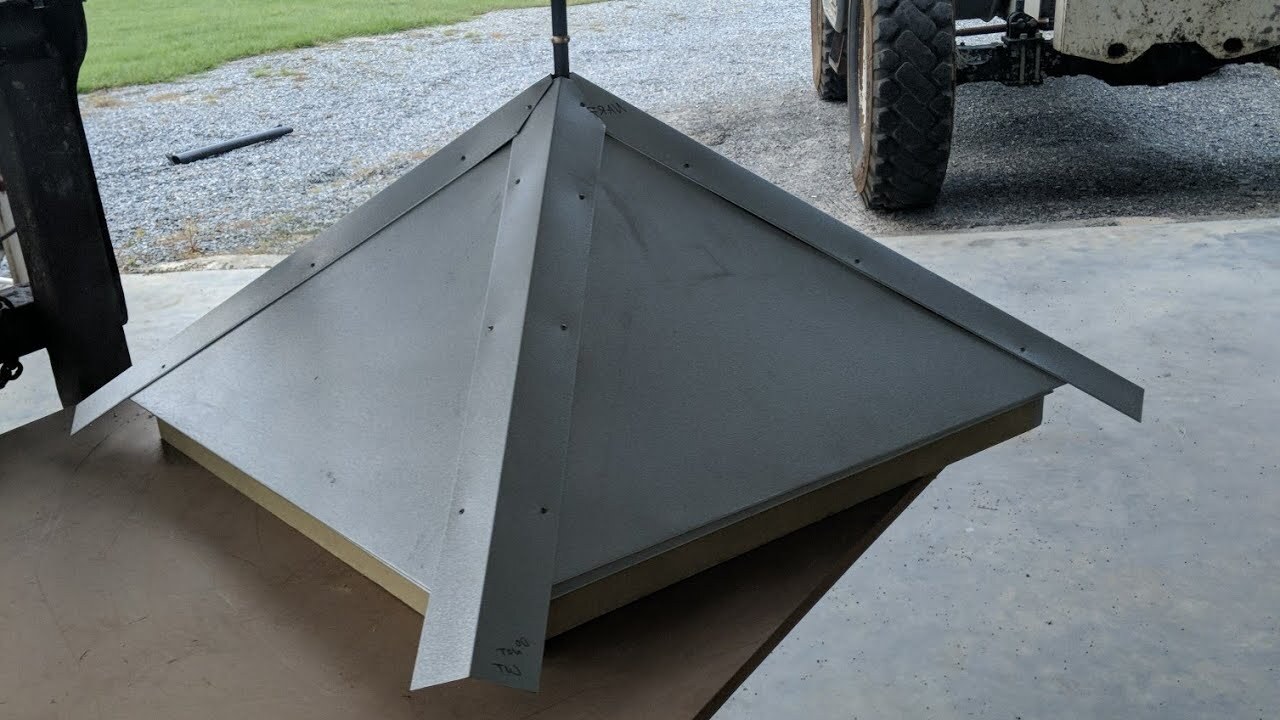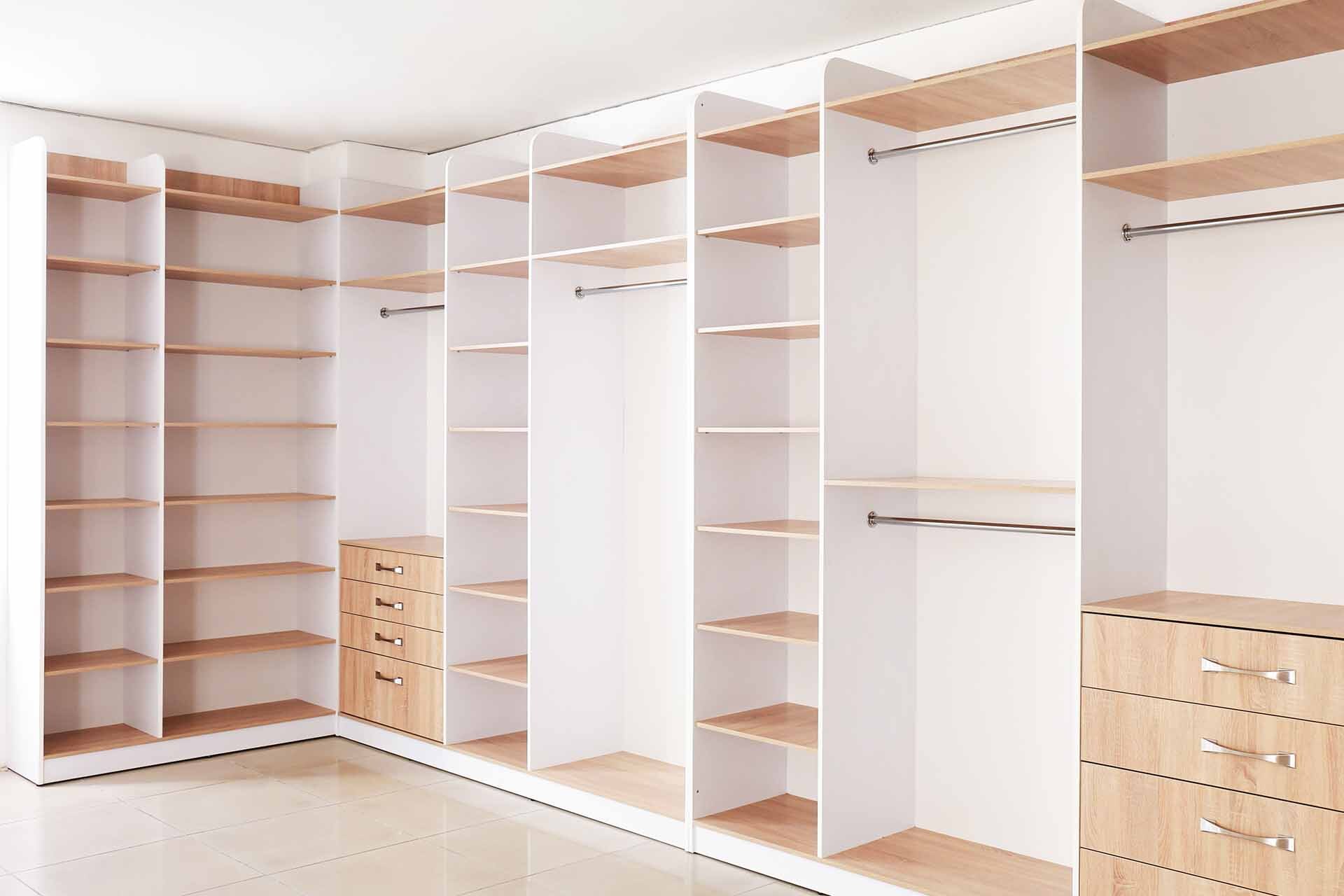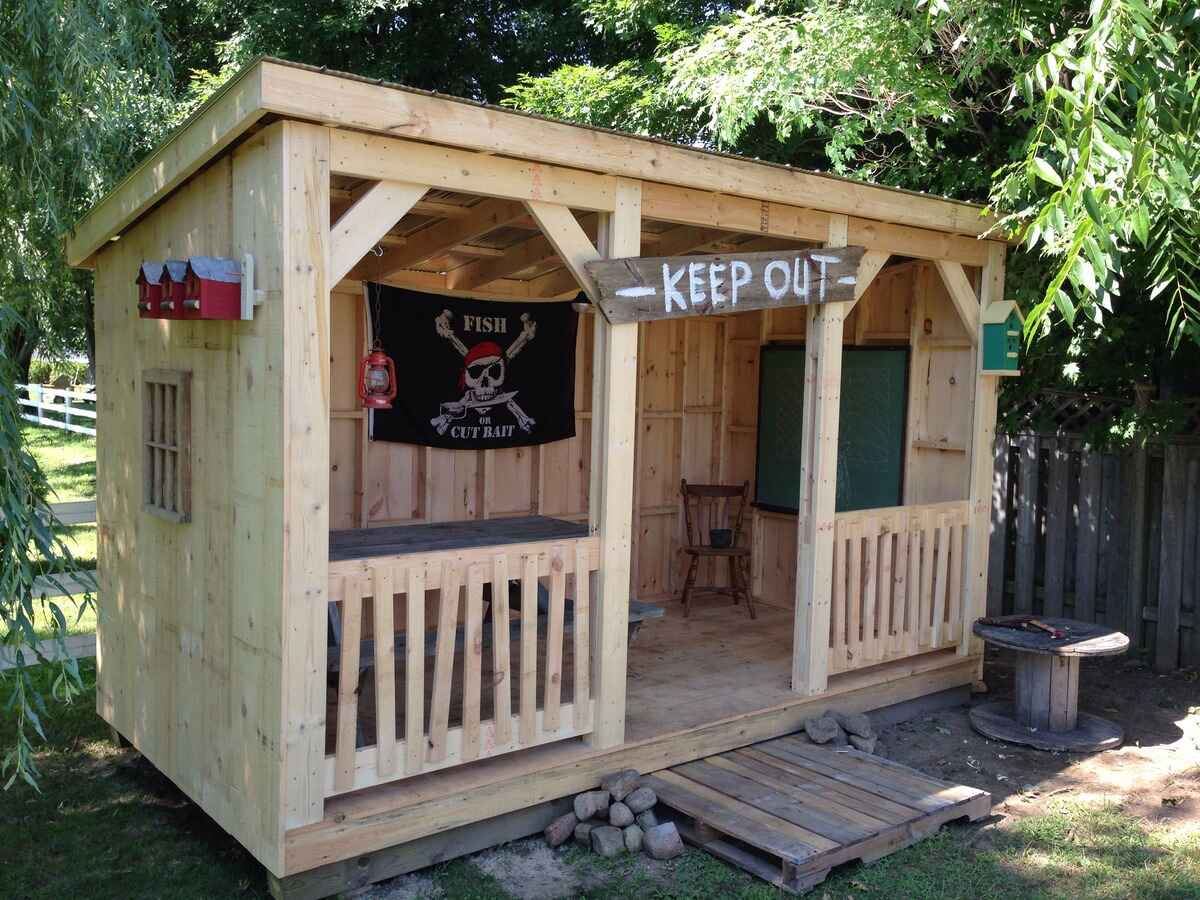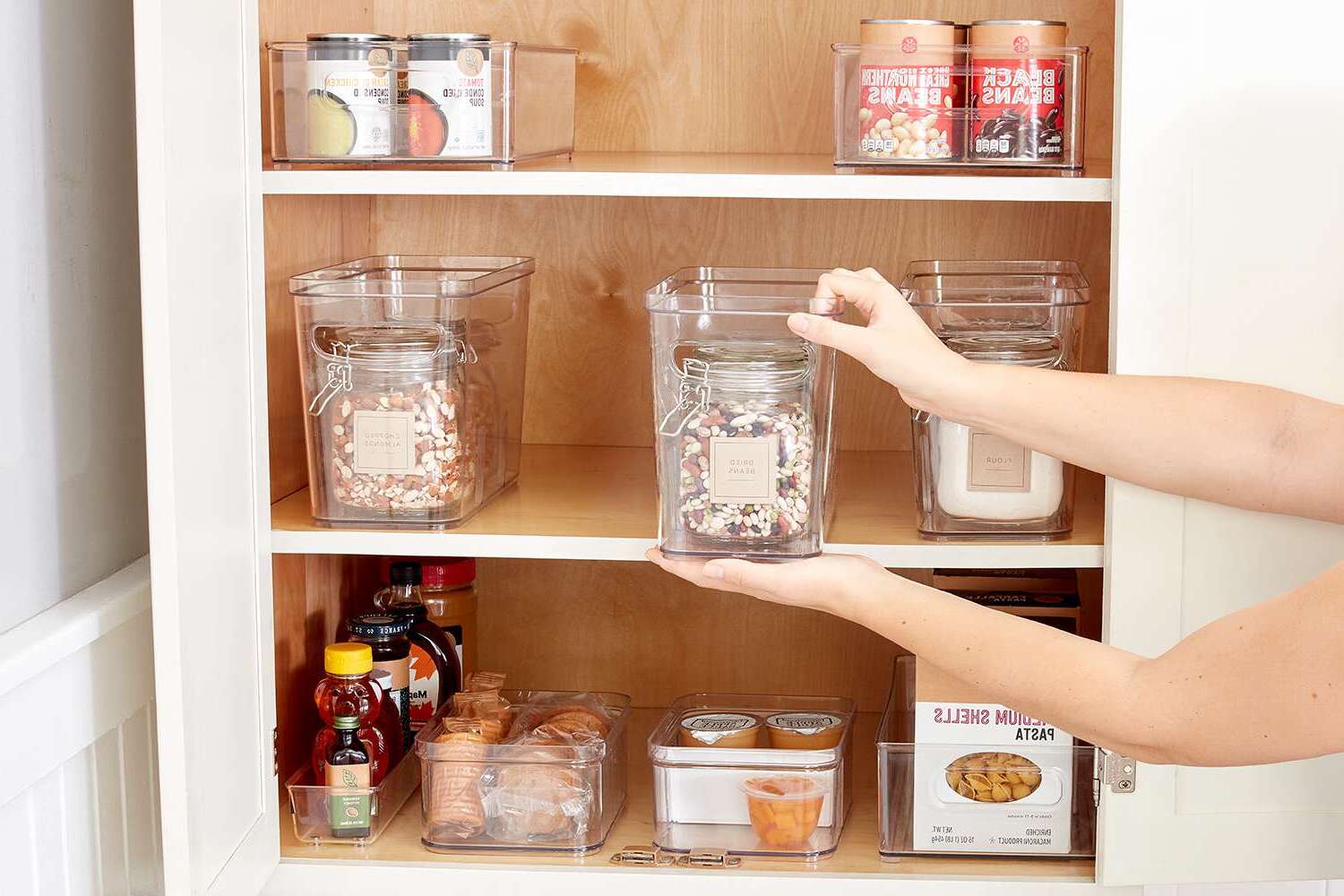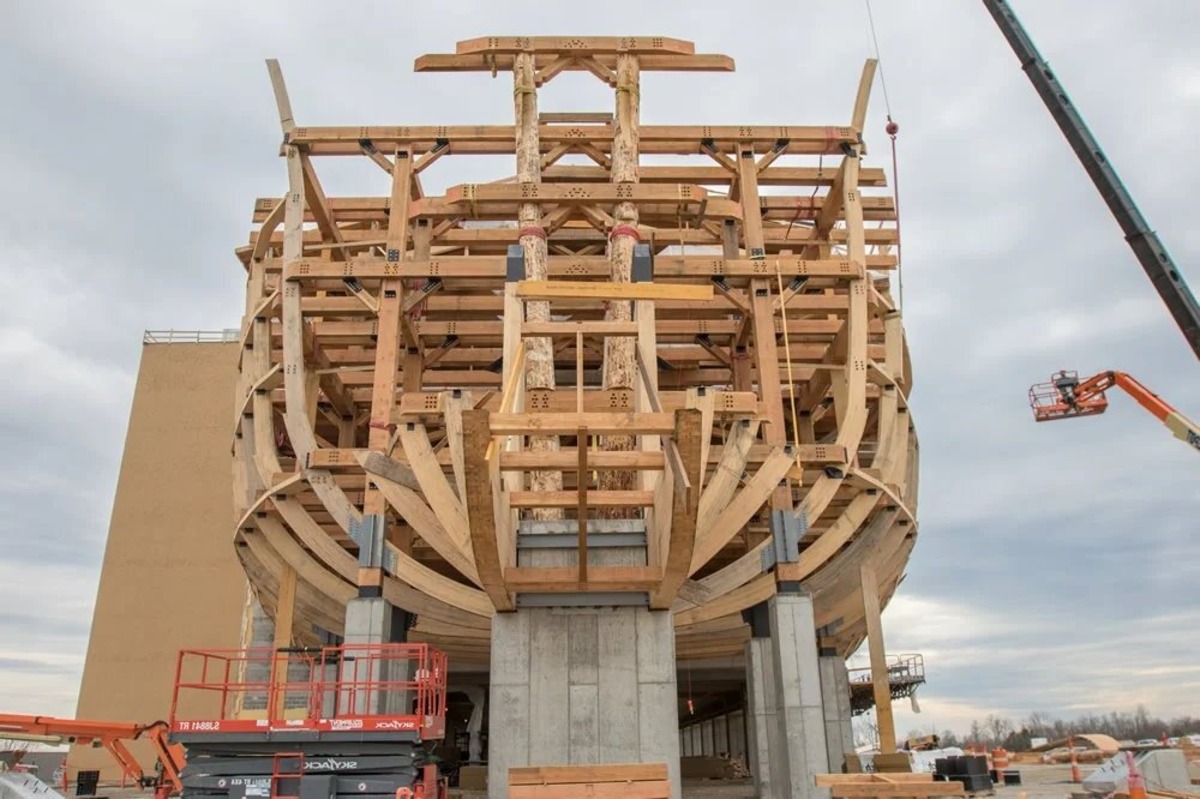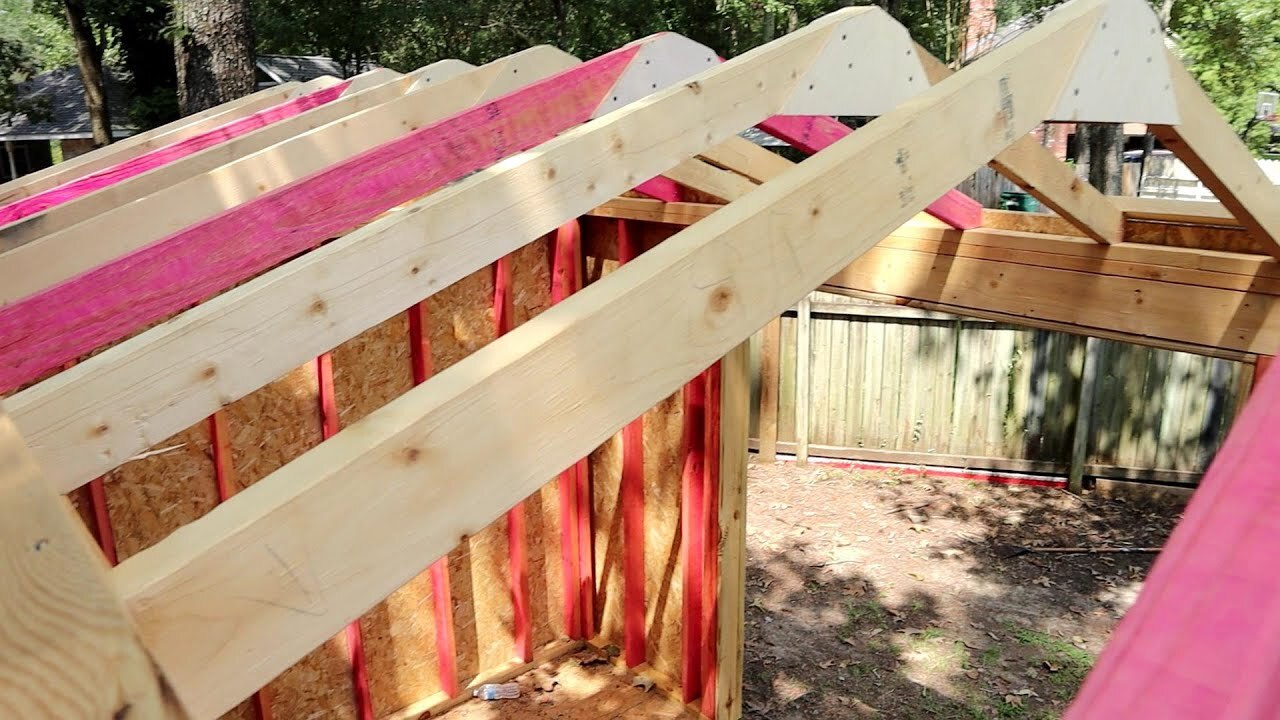Home>Create & Decorate>DIY & Crafts>How To Build A Handrail
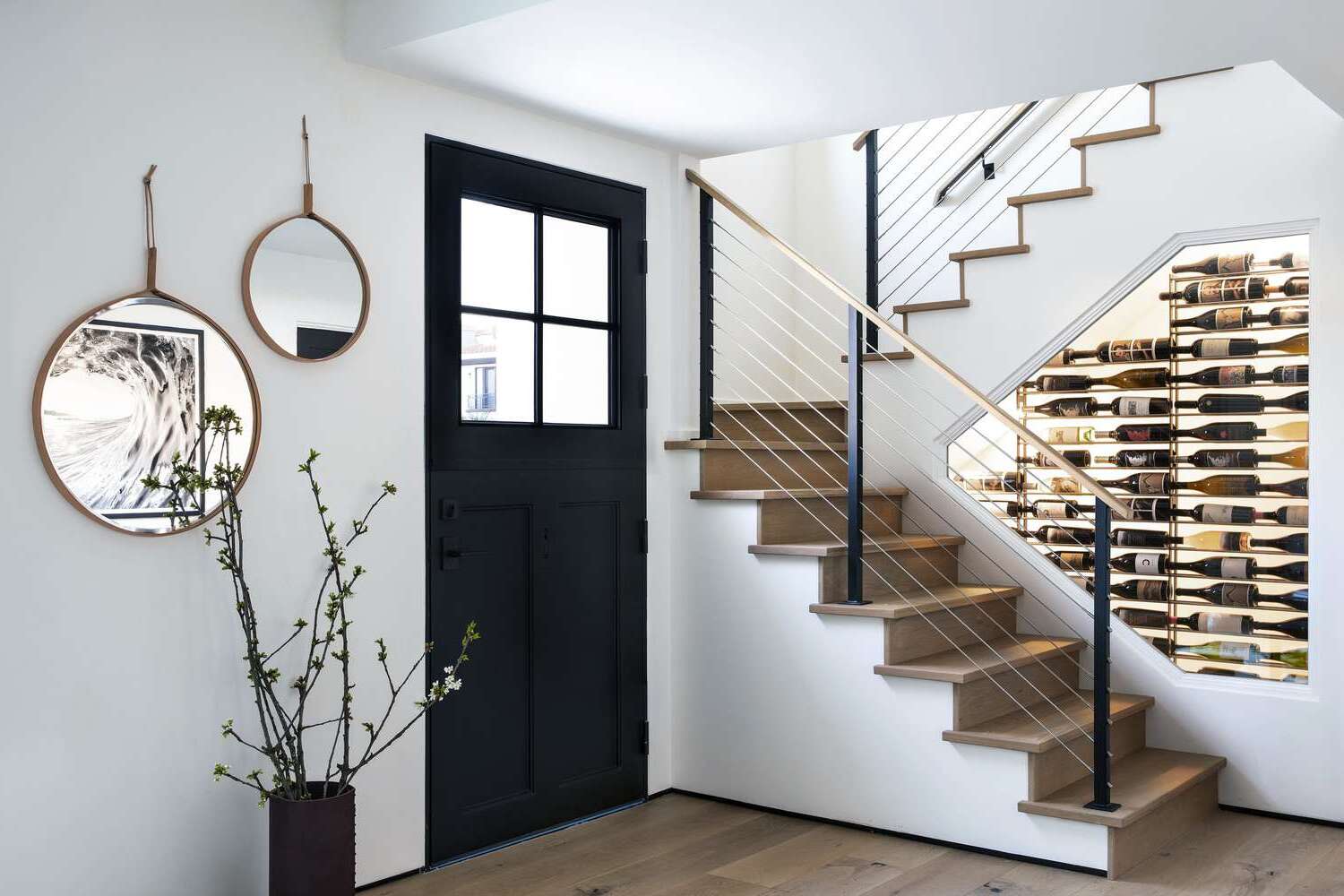

DIY & Crafts
How To Build A Handrail
Published: April 12, 2024

Senior Editor in Create & Decorate, Kathryn combines traditional craftsmanship with contemporary trends. Her background in textile design and commitment to sustainable crafts inspire both content and community.
Learn how to build a handrail with our easy DIY & Crafts guide. Enhance your home with a stylish and functional handrail today!
(Many of the links in this article redirect to a specific reviewed product. Your purchase of these products through affiliate links helps to generate commission for Twigandthistle.com, at no extra cost. Learn more)
Introduction
So, you've decided to take on the challenge of building a handrail for your home. Whether it's for your front porch, deck, or staircase, a handrail not only adds safety but also enhances the overall look of your space. Building a handrail may seem like a daunting task, but with the right guidance and a bit of elbow grease, you can create a sturdy and stylish handrail that complements your home's aesthetic. In this guide, we'll walk you through the step-by-step process of building a handrail, from gathering the necessary tools and materials to installing the finished product. Let's roll up our sleeves and get started on this rewarding DIY project!
Read more: DIY Outdoor Steps: Homemade Wooden Handrails
Tools and Materials Needed
Before diving into the construction of a handrail, it's essential to gather all the necessary tools and materials. Here's a comprehensive list to ensure you have everything at your fingertips:
Tools:
- Measuring tape: For accurately measuring the dimensions of the handrail and posts.
- Circular saw or miter saw: To cut the wood or metal for the handrail and posts.
- Drill and drill bits: For creating holes for screws and bolts.
- Screwdriver or screw gun: For driving screws into the handrail and posts.
- Level: To ensure the handrail is installed perfectly straight and level.
- Clamps: Helpful for securing the handrail and posts during assembly.
- Safety goggles and gloves: To protect your eyes and hands during cutting and drilling.
Materials:
- Handrail material: Choose from wood, metal, or composite materials based on your preference and the style of your home.
- Handrail brackets: These will support the handrail and attach it to the posts or wall.
- Wood or metal posts: The vertical supports for the handrail, which are securely attached to the ground or wall.
- Screws and bolts: To fasten the handrail, brackets, and posts together.
- Wood sealer or paint (if using wood): To protect the handrail from the elements and enhance its appearance.
- Concrete or anchor bolts (if attaching to concrete): For securing the handrail posts to a concrete surface.
By ensuring you have all the necessary tools and materials on hand, you'll be well-prepared to tackle the construction of your handrail with confidence and efficiency.
Measuring and Planning
Before you start cutting and assembling, it's crucial to take accurate measurements and devise a solid plan for your handrail project. Here's a step-by-step guide to ensure you get this stage right:
-
Measure the Length: Use a measuring tape to determine the exact length where the handrail will be installed. Whether it's a straight run or along a staircase, precise measurements are key to a seamless fit.
-
Check Local Building Codes: Research the building codes and regulations in your area regarding handrail height, spacing of balusters, and other relevant requirements. This information will dictate the dimensions and design of your handrail.
-
Sketch the Design: Create a rough sketch or diagram of your handrail design, including the placement of posts, the style of the handrail, and any decorative elements. This visual plan will serve as a roadmap during the construction phase.
-
Select the Materials: Based on your design and the surrounding aesthetic, choose the appropriate materials for your handrail. Consider factors such as durability, maintenance, and visual appeal when making this decision.
-
Plan the Post Placement: Determine the spacing and location of the handrail posts, ensuring they are evenly distributed and securely anchored. This step is crucial for the structural integrity of the handrail.
-
Consider the Handrail Height: Based on local regulations and the needs of your household, decide on the ideal height for the handrail. This measurement will influence the length of the posts and the overall look of the handrail.
By meticulously measuring and planning every aspect of your handrail project, you'll lay a solid foundation for the construction phase, setting yourself up for a successful and visually appealing end result.
Read more: How To Build A Sauna
Building the Handrail Posts
Building sturdy and secure handrail posts is essential for the overall stability and safety of your handrail. Here's a detailed guide to constructing the handrail posts:
-
Cutting the Posts: Using a circular saw or miter saw, cut the posts to the predetermined length based on your measurements and design plan. Ensure that the cuts are precise and square to guarantee a snug fit during assembly.
-
Adding Decorative Elements (Optional): If you desire a more decorative look, consider adding details such as beveled edges, chamfered corners, or carved designs to the top of the posts. This step adds a personalized touch to your handrail.
-
Drilling Holes for Hardware: Depending on the type of handrail brackets and fasteners you're using, drill corresponding holes into the posts. These holes will accommodate the screws or bolts that attach the handrail to the posts, ensuring a secure connection.
-
Applying Protective Finish (If Using Wood): If your handrail posts are made of wood, it's crucial to apply a protective finish to safeguard them from moisture, rot, and insect damage. Consider using a wood sealer, stain, or paint to enhance both the appearance and longevity of the posts.
-
Attaching the Handrail Brackets: Install the handrail brackets onto the posts at the predetermined locations. Ensure that the brackets are level and securely fastened to provide ample support for the handrail.
-
Securing the Posts: If the handrail posts are being installed on a concrete surface, use concrete or anchor bolts to firmly secure the posts in place. For wooden posts, ensure they are anchored to the framing or substructure of the deck or stairs.
By following these steps, you'll be able to construct durable and visually appealing handrail posts that serve as the foundation for the entire handrail structure. Paying attention to detail during this phase will contribute to the overall strength and aesthetic appeal of your handrail.
Installing the Handrail
Installing the handrail is the pivotal moment when your vision starts to materialize into a tangible and functional addition to your home. Here's a detailed guide to ensure a seamless installation process:
-
Positioning the Handrail: Begin by positioning the handrail onto the installed brackets or directly onto the posts. Ensure that it aligns perfectly and rests securely in place.
-
Securing the Handrail: Using screws or bolts, fasten the handrail to the brackets or posts. Make sure to drive the fasteners in tightly to prevent any wobbling or movement once the handrail is in use.
-
Checking for Level: Utilize a level to confirm that the handrail is perfectly horizontal along its entire length. This step is crucial for both aesthetics and safety, as an uneven handrail can be visually unappealing and pose a tripping hazard.
-
Adding End Caps (Optional): If desired, consider adding decorative end caps to the extremities of the handrail. These end caps not only provide a polished look but also prevent any sharp edges from being exposed.
-
Testing the Stability: Once the handrail is secured, give it a firm shake and apply pressure to ensure it can support the intended weight without any give or movement. This step is essential for verifying the structural integrity of the installation.
-
Applying Finishing Touches: If the handrail is made of wood, consider applying a final coat of sealant, stain, or paint to protect it from the elements and enhance its visual appeal. For metal handrails, a protective coating may be applied to prevent corrosion.
-
Safety Checks: Before considering the installation complete, perform a thorough safety check. Run your hands along the entire length of the handrail, ensuring there are no splinters, rough edges, or protruding hardware that could pose a hazard.
By following these steps, you'll be able to install a handrail that not only meets safety standards but also adds a touch of elegance to your home. Taking the time to ensure a precise and secure installation will result in a handrail that provides both functionality and visual appeal for years to come.
Finishing Touches and Safety Checks
After the installation of the handrail, it's crucial to focus on the finishing touches and conduct thorough safety checks to ensure that the handrail not only looks great but also provides a safe and secure support for anyone using it.
-
Applying Finishing Coats: If the handrail is constructed from wood, consider applying a final coat of sealant, stain, or paint to protect it from the elements and enhance its visual appeal. This step not only adds a polished look to the handrail but also extends its lifespan by shielding it from moisture, UV rays, and wear and tear.
-
Inspecting for Sharp Edges: Run your hands along the entire length of the handrail, checking for any rough or sharp edges that could pose a safety hazard. Sand down any protruding splinters or rough spots to ensure a smooth and safe surface.
-
Ensuring Secure Fastenings: Double-check all the screws, bolts, and fastenings to ensure they are tightly secured. Any loose or protruding hardware should be addressed immediately to prevent potential injuries.
-
Verifying Weight Capacity: Test the handrail's weight-bearing capacity by applying pressure and giving it a firm shake. It should be able to support the intended weight without any give or movement. This step is crucial for verifying the structural integrity of the handrail.
-
Adding End Caps (Optional): Consider adding decorative end caps to the extremities of the handrail. These end caps not only provide a polished look but also prevent any sharp edges from being exposed, enhancing the safety and visual appeal of the handrail.
-
Performing a Safety Walkthrough: Walk alongside the handrail, ensuring that it is securely fastened and free from any defects. Pay attention to the connection points, the overall stability, and the absence of any potential tripping hazards.
By meticulously attending to these finishing touches and safety checks, you can ensure that your handrail not only meets safety standards but also adds a touch of elegance to your home. Taking the time to ensure a precise and secure installation will result in a handrail that provides both functionality and visual appeal for years to come.

